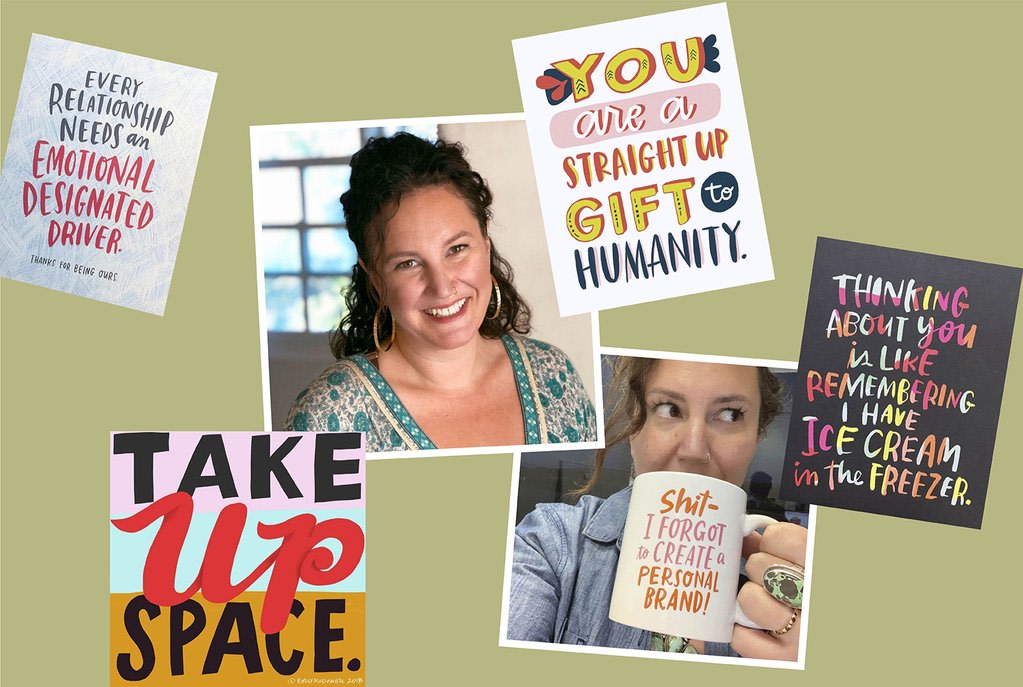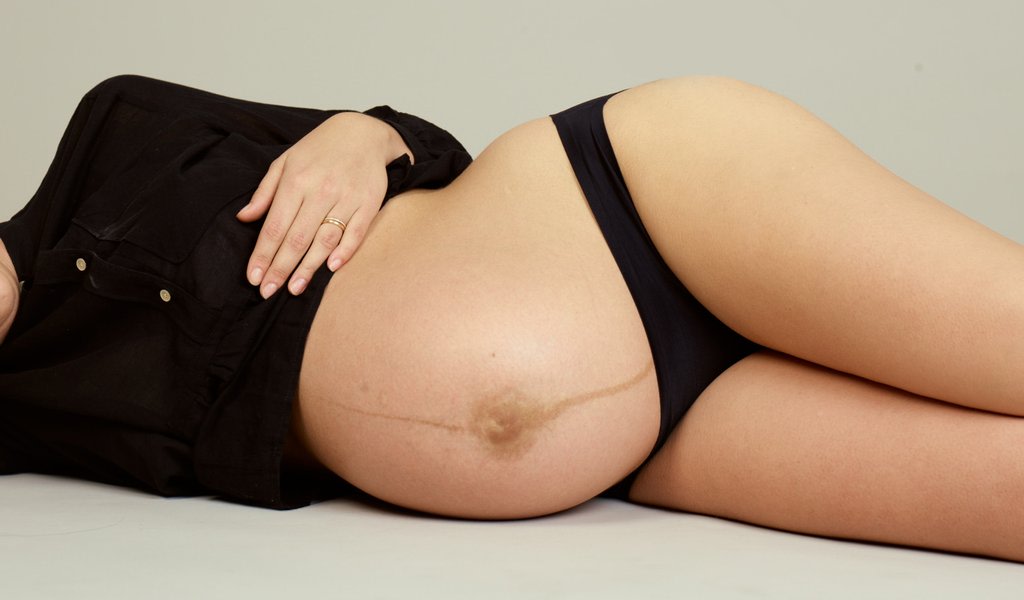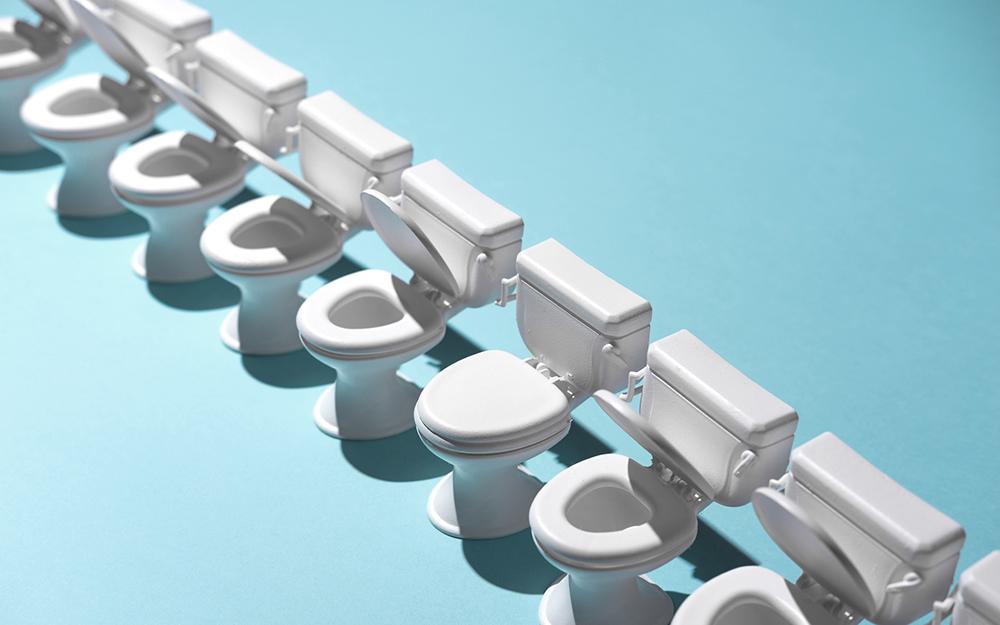Foreword
Sign up to stay in the loop on new styles and sales!
Robin Tewes

by Team Thinx
Tewes’ relationship with art started at an early age. Over lunch at her studio, she recounted to me how her infatuation with painting began.
“I remember making a line with a pencil in my hand, moving it wherever I wanted it to go, and not only did it go where I wanted it to go, but when I stopped, it stayed there."
It was like magic, it was this wonderful feeling that I could make something and it was permanent in some way.
Though drawing and painting started as a passion, Tewes caught the entrepreneurial bug, and as a young girl started finding ways to monetize her art.
“I used to go from door to door to the neighbors' homes, 25 cents a drawing. And then I got into more pornographic imagery. Naked girls, not much going on, but with their hand behind their head and the hand on the hip, posing with the flip hair. I would sell them to my cousins, they loved them. So I had two clientele, public and private.”
Tewes continued making art into adulthood, and noticed the expectations of what it means to be an artist within society shifting.
“In the seventies when I was showing more, we never thought of art as making money and becoming famous and successful. It never really was the issue. You did it because you had to. It’s changed since the eighties. The market shifted, and there are students who think they can become artists to make a lot of money, and I just think it’s so deceptive.”
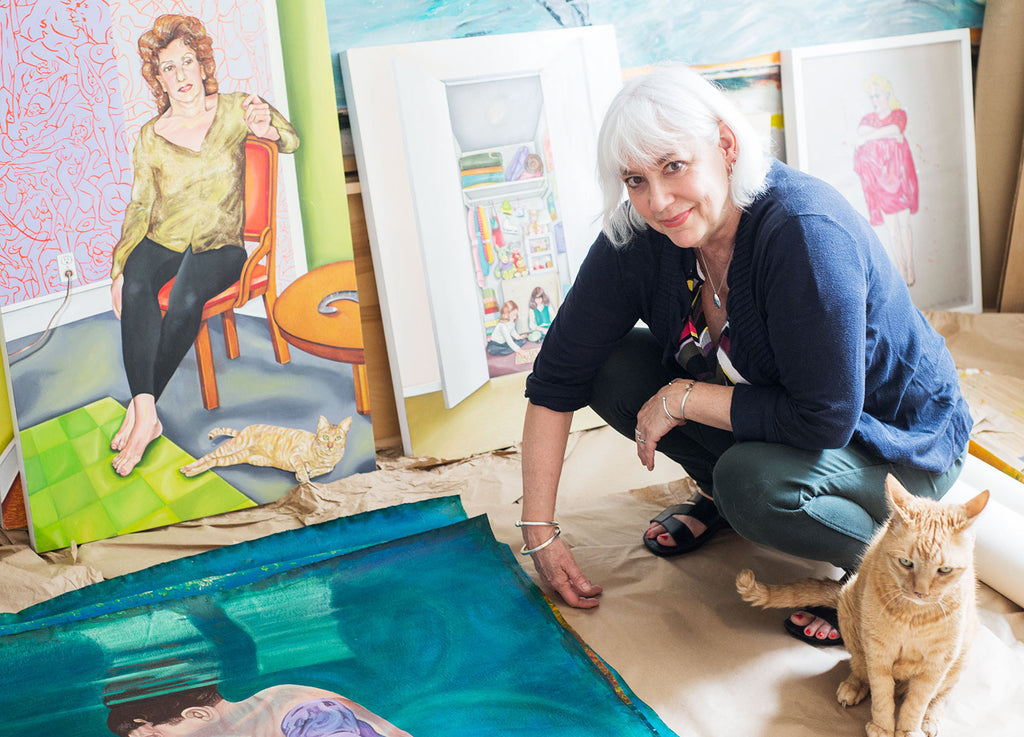
You do it because you have to do it. And I think the pay, and we forget this all the time as artists, is the passion and the enjoyment of doing it. It’s a forgotten idea because as an artist, you are up and down. Emotionally, and in terms of your career, it’s a roller coaster.
It can be particularly difficult when you come from a group that is under-represented in the Western lineage of fine artists.
“It’s so hard not to let the outside world define you. The business of art is really perverted. It’s always shifting and changing, but usually it’s white men, still, but especially back then. Art dealers would gravitate towards work they liked and understood, and that’s all real and fine and acceptable, but it’s tunnel vision, because it’s not understanding or accepting work outside of their experience. So the dealers buy and perpetuate work that interests them. There are always exceptions to this rule, but it was a general rule. The collectors then would buy it, and the writers then would write about it, and the art historians then would curate it. So it was this small little ball of wax that kept recycling in itself. It’s best when you can have many different points of view and many different visions of understanding and women were really kept out of that, and artists of color were too. It’s still a problem.”

I asked Tewes if over the course of her career she has seen a shift towards more inclusivity and diversity in the art world. She referenced the work of the Guerrilla Girls, an anonymous collective of female artists formed in 1985, as having a positive impact. The Guerrilla Girls created and distributed posters which plainly displayed statistics that highlighted gender and racial inequalities of the art world.
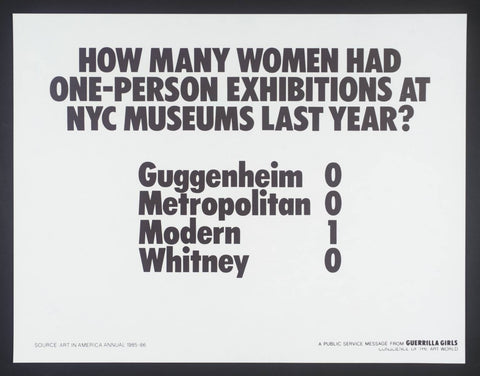
I think groups like that have really made a difference, but there is definitely a lot more room for opening up the vision of what we see and understand. So that means more women in positions of power. Focusing on women in a way that is primary.
“So yes, I think the art world has improved but has a long way to go.”
Moving into her studio, we were surrounded by colorful paintings, reference images, and a wonderful orange cat. Tewes had just returned from a solo show at Texas A & M University where she was showing work from her recent series “Men in Trouble”. The paintings are large and gestural, with a wild, loose quality. The series depicts figures, mostly male, struggling underwater in various states of undress. Observing the paintings, I felt confronted by the idea of male vulnerability.

“I think in order to make real change, men need to figure out how to be intimate with each other, talk and help each other in a way that allows them to be vulnerable. So that’s what this whole series is really about.”
“When we talk about the feminist movement, it involves everybody, it’s good for everybody, Neo-feminism, I think, should include men. And they are the ones who really need to talk about it. There are so many young men that I meet who are really incredible, they are really evolved in a way. In art, you never really see men in vulnerable, fragile, compromising positions. We have to allow them to be fragile.”

Tewes oscillates between two different styles of painting, which is a refreshing change from the standard notion that artists must work in a signature style. Her other paintings, smaller and more delicately rendered, depict interior spaces and the people that occupy them. Her series “Another Tasteful Discussion of Contemporary Art” shows a group of people sitting and talking as a large abstract painting of camouflage looms above them. In this series, the people stay the same, but the camouflage changes, referencing patterns used in WWII, The Gulf War, and the Occupation of Iraq.

In another painting, “Art of Happiness number 3”, Tewes shows Diane, a Long Island woman, relaxing in her home. The interior looks like your standard suburban living room, except the paintings on the wall have been replaced with contemporary art. “I find her fascinating because she is just so happy in her own world. So it’s like, who is anybody to judge what is beauty, what is happiness.” Tewes, who comes from a working class background, has added the contemporary paintings as a way to question class distinctions.
Tewes balances critiques of class elitism with personal narratives of motherhood, friendship, and loss. In another series of four paintings, she depicts her mother’s passing. The last in the series, “From Here To Eternity” incorporates glitter, gemstones, and vibrant colors, yet only an outline of where her mother used to be. The stark contrast of absence and vibrancy reflects the duality of existence: living first as a physical being and then in the consciousness of others.

Near the end of our conversation, Tewes talked about my personal favorite of her paintings, which is a portrait of two young women holding dogs, smiling in front of a Picasso painting. The title is “Peaceful Transition of Power”.
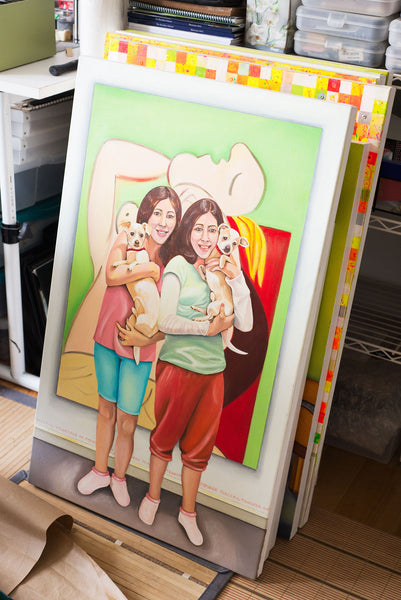
“These are my nieces and they are standing very proudly. It’s about the new generation of women.” The two young women are dressed in shorts, casually confident and smiling as though they could care less what is behind them. “They are standing in the front, with their dogs, obliterating the Picasso that is behind them.”
~*To see more of Robin Tewes' work, click here*~
Posted: July 31, 2019
Related Articles
Sign up to stay in the loop on new styles and sales!
